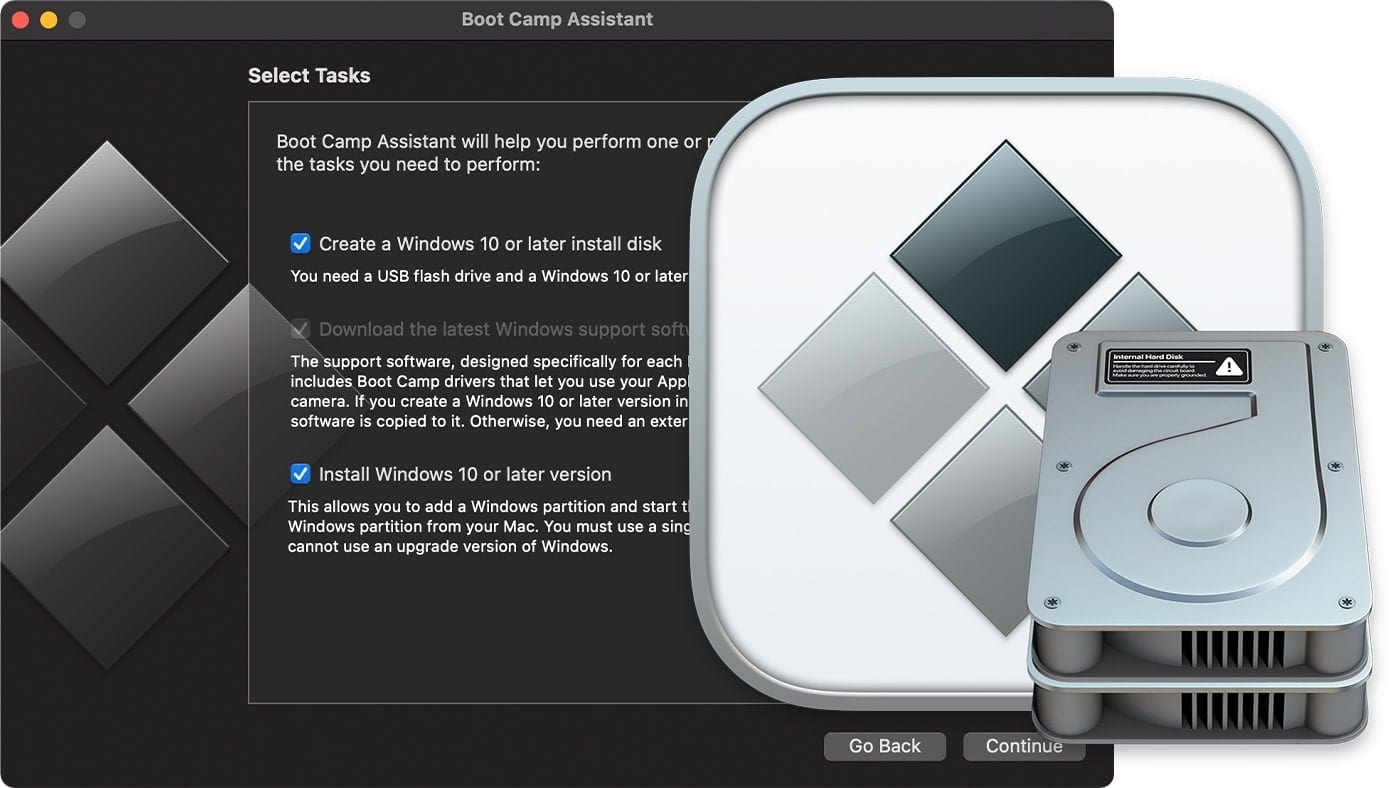
:max_bytes(150000):strip_icc()/DiskStethoscope-56a5d4db5f9b58b7d0dea01a.jpg)
- USB FLASH DRIVE WAITING FOR PARTITIONS TO ACTIVATE MAC HOW TO
- USB FLASH DRIVE WAITING FOR PARTITIONS TO ACTIVATE MAC MAC OS
- USB FLASH DRIVE WAITING FOR PARTITIONS TO ACTIVATE MAC INSTALL
- USB FLASH DRIVE WAITING FOR PARTITIONS TO ACTIVATE MAC SOFTWARE
- USB FLASH DRIVE WAITING FOR PARTITIONS TO ACTIVATE MAC PLUS
USB FLASH DRIVE WAITING FOR PARTITIONS TO ACTIVATE MAC MAC OS
JHFS+ refers to the Mac OS Extended Journaled format, which is proprietary to Apple and can only be used on macOS. For reference purposes, exFAT and FAT32 are compatible with Windows, macOS, and Linux. For a complete description and compatibility list (as not all formats are compatible with all operating systems), see this article. There are many file types available when you format a USB drive on Mac, such as exFAT, FAT32, JHFS+, etc. is where you choose which format you want to use when erasing and formatting your pen drive. To format your USB drive on Mac, enter the following command: As for the location, it is usually /dev/, or in this case /dev/disk2. The one that we want to remember is the first identifier, in this case, “disk2” (and not “disk2s2”, which is a partition). That is unless you had previously partitioned it, in which case it might have more than two. You will notice that your pen drive has two identifiers. Now that you know the disc allocated to your USB key, you will need to take note of its identifier and location. Otherwise, look for the particularities of the pen drive you wish to use. It will be easier if you have a single flash drive inserted when wanting to format a USB drive using your Mac. If you see the words “internal,” “synthesized,” or “disk image,” it is not a pen drive. When it says “(external, physical),” it means that it is an external drive such as a pen drive or external hard drive. You can identify your pen drive by the following: You will find a list of disks in the example above, you can see that my USB key is the external drive located on disk 2. Make sure that you have inserted a USB drive before continuing. The first thing we will want to do is to identify the computer drive linked to your USB key.
USB FLASH DRIVE WAITING FOR PARTITIONS TO ACTIVATE MAC HOW TO
How to format a USB drive on MacĪccess the Terminal by doing a spotlight search for “Terminal.” Just as with the Disk Utility method, macOS Mojave offers a simple, efficient formatting procedure through the use of its command line.
USB FLASH DRIVE WAITING FOR PARTITIONS TO ACTIVATE MAC SOFTWARE
Its use allows you to execute commands that provide the same result without having to rely on software applications. Even though using the Disk Utility tool to format your USB drive on Mac is a straightforward procedure, sometimes you might want to use the Terminal. Clicking the mounting action does noting.This article explains how to format a USB drive on Mac using the command-line. The disk is showed in Disk Utility as MacOS extended with GUID Partition Map, but is greyed out (not mounted).
USB FLASH DRIVE WAITING FOR PARTITIONS TO ACTIVATE MAC PLUS
Initialized /dev/rdisk2s2 as a 7 GB case-insensitive HFS Plus volume with a 8192k journalĮven trying to mount it from the CLI bring a failure without any further information. Disk Utility claims it cannot mount the volume at the end of the formatting phase:Įrasing “Generic4 Flash Disk Media” (disk2) and creating “Untitled”įormatting disk2s2 as Mac OS Extended (Journaled) with name Untitled I took a third one and formatted it as MacOS Extended (Journaled) with the Scheme " GUID Partition Map".

Regarding the formatting of the USB drive. When I download twice the installer from the AppleStore and the size twice exactly the same, then I assume, that the download was successful.
USB FLASH DRIVE WAITING FOR PARTITIONS TO ACTIVATE MAC INSTALL
Delete your install application, then download it again from the App Store."

"Sorry, your macOS Install app may be incomplete. Which format should be chosen for the volume to be recognised and mounted ?ĭiskmakerx still does recognise the downloaded installer as complete. Which of course leads the drive not to be made available for the system. As this is in fact the source of my problem and I am certainly not the only one in this case.Īt the end of the Formatting process, the following error is thrown out: Nevertheless I would be interested in understanding why an external drive formatted as MacOS extended won't mount on my Mac. Not sure, that this error is correct as I had no problem while downloading the installer. I tried diskmakerx, but it claims the High Sierra installer I download is incomplete. But i n fact it would be sufficient for me to be able to create the bootable installer, even if I cannot boot my newer Mac from it - what I do not plan to do at all in fact. That's the reason why I am trying to load HighSierra on the usb drive., which is the last supported MacOS for it.īut the Mac that makes me problem is the one I am using to create the bootable installer. The Mac I want to boot from the external drive is an older one (Mid2010) and will certainly don't have that T2 security chip. Thank you for your quick reply and this information.


 0 kommentar(er)
0 kommentar(er)
